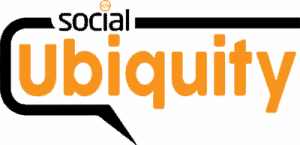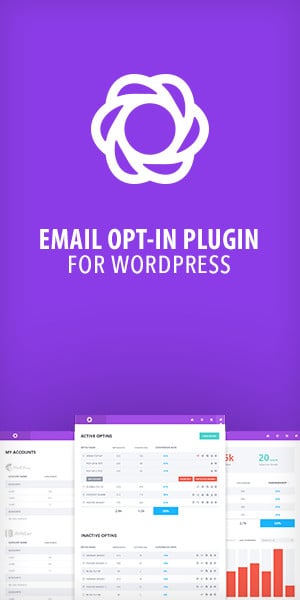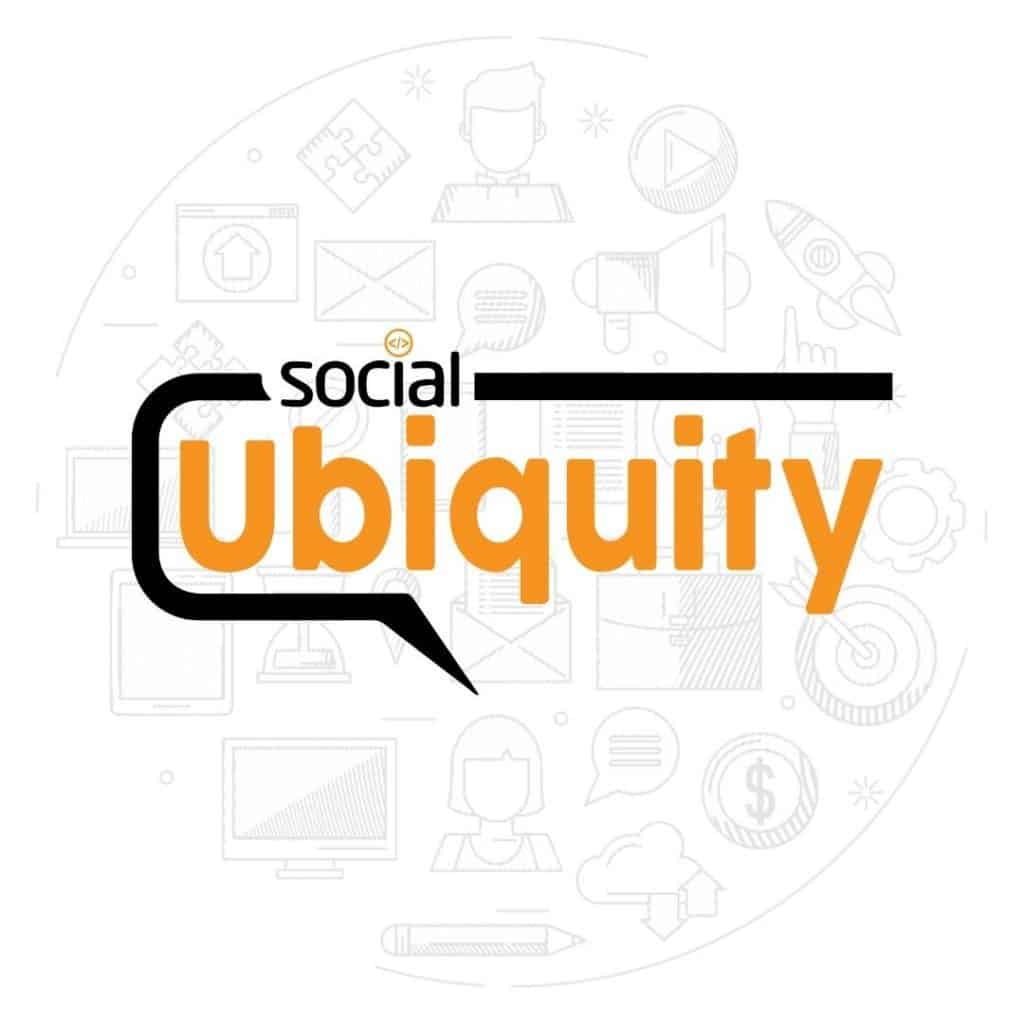
1. Embrace Digital PR for Natural Backlinks
Digital PR is the new frontier of link building. Rather than chasing backlinks, focus on creating newsworthy content:
- Publish research reports or industry studies
- Launch campaigns with social impact
- Pitch story ideas to journalists and major publications
This method earns editorial links from trusted news sites, massively boosting domain authority and brand visibility.
2. Leverage Thought Leadership and Personal Branding
Position your brand’s leaders as industry experts:
- Publish opinion pieces on LinkedIn and Medium
- Host webinars and virtual events
- Appear as a guest on podcasts and YouTube channels
Thought leadership content naturally attracts backlinks as other sites reference authoritative insights.
3. Utilize Content Syndication the Smart Way
Syndicate high-performing blog posts on trusted platforms like Medium, LinkedIn Articles, and niche industry blogs. Proper syndication practices (using rel=”canonical” tags) ensure you benefit from backlinks without risking duplicate content penalties.
4. Build Resource Pages and Ultimate Guides
Create comprehensive resources on your niche topics. Well-structured, in-depth content becomes a go-to reference, encouraging other websites to link back naturally.
- Target “best tools” or “ultimate guide” style articles
- Update these pages regularly to keep them fresh and link-worthy
5. Implement Strategic Guest Posting with a Twist
Focus on:
- Co-authoring posts with influencers to boost reach
- Targeting industry newsletters looking for expert content
- Guest posting on high-authority, niche-specific websites (DA 50+)
Prioritize relevance and value rather than sheer volume of guest posts.
6. Master Link Reclamation

Identify:
- Broken links on external websites that could point to your content
- Unlinked brand mentions and request appropriate credit
- Outdated competitor links and offer your updated, superior resource
Tools like Ahrefs Alerts or Mention.com can automate the discovery of these opportunities.
7. Collaborate on Original Research and Data Studies
Publishing proprietary data makes your website a valuable source for journalists, bloggers, and academics. Examples include:
- Industry surveys
- Trend analysis
- Benchmark reports
These assets naturally attract citations and backlinks.
8. Build Microsites for Link Building Campaigns
Develop microsites dedicated to specific campaigns, events, or research studies. These sites can:
- Attract niche backlinks
- Host viral content
- Serve as a “feeder” for your primary domain authority
Ensure proper interlinking and branding consistency with your main site.
9. Integrate HARO (Help A Reporter Out) and Terkel Outreach
Respond to journalist queries through platforms like HARO and Terkel. Providing expert quotes often results in do-follow backlinks from authoritative domains, including major media outlets.
10. Focus on E-E-A-T (Experience, Expertise, Authoritativeness, Trustworthiness)
Ensure your content and backlinks demonstrate E-E-A-T principles. Google increasingly values quality signals over quantity, especially for YMYL (Your Money Your Life) niches.
- Add author bios with credentials
- Link out to authoritative sources
- Cite reputable data and studies
Conclusion
Link building in 2025 demands a smarter, more strategic approach focused on quality, authority, and genuine relationships. By embracing digital PR, original research, thought leadership, and ethical outreach, you can secure powerful backlinks that drive lasting SEO success. Stay ahead of the curve by refining your link strategy continuously, and you’ll see sustainable growth in rankings, traffic, and brand authority.







